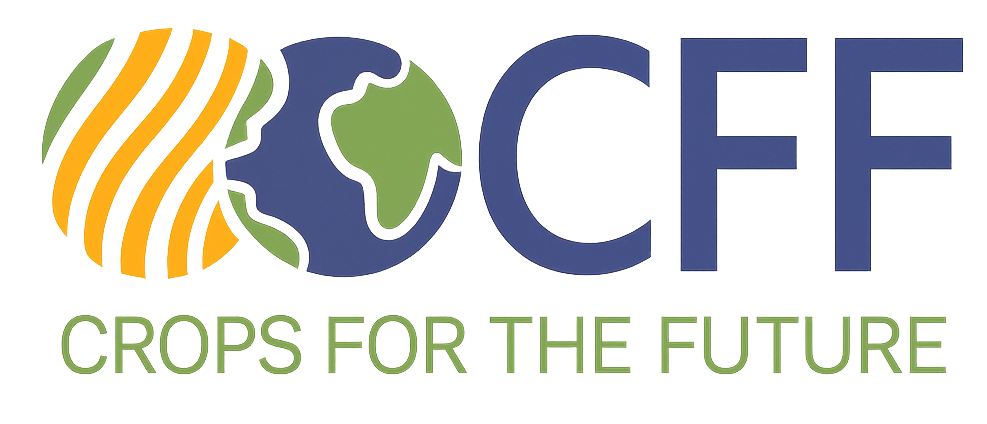
Industrial hemp (Cannabis sativa L.) is increasingly recognized globally for its versatility and sustainability, with applications ranging from textiles and building materials to food and bioplastics. However, much of its development has focused on temperate climates. Crops For the Future (CFF) is undertaking pioneering research to explore and unlock the potential of industrial hemp specifically for tropical environments.
Adapting hemp to tropical conditions presents unique challenges and opportunities, including different photoperiods, temperature regimes, and pest pressures. CFF's research aims to identify suitable hemp varieties and develop agronomic practices that can lead to successful and sustainable hemp cultivation in these regions.
Key Aspects of CFF's Hemp Research:
- Variety Trials and Adaptation: Testing diverse hemp germplasm to identify varieties that perform well under tropical heat, humidity, and light conditions.
- Sustainable Cultivation Systems: Investigating best practices for soil management, pest and disease control, and harvesting techniques that are environmentally sound and economically viable for tropical smallholders.
- Value Chain Analysis: Identifying and developing potential value chains for tropical hemp, considering local needs and market opportunities for fiber, grain, and other co-products.
- Policy and Regulatory Frameworks: Engaging with stakeholders to understand and contribute to the development of appropriate policy and regulatory frameworks that can support a nascent tropical hemp industry.

The introduction of well-adapted industrial hemp varieties could offer significant economic and environmental benefits to tropical countries. These include providing a new cash crop for farmers, contributing to local industries, and offering a sustainable alternative to less environmentally friendly raw materials. CFF's work in this area is crucial for realizing this potential and ensuring that the benefits are equitably shared.
This blog post draws from ongoing research and initiatives at Crops For the Future. For detailed scientific findings, please refer to our Publications page.
